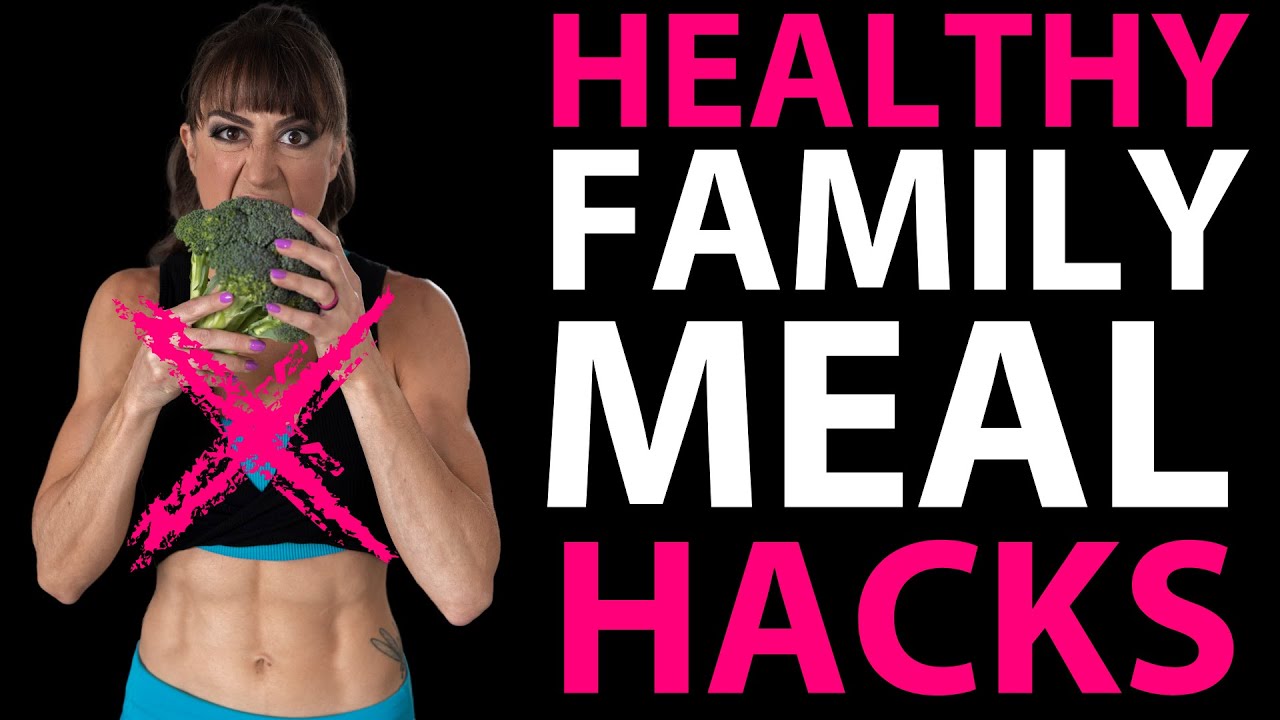
FHP 348 – How Do You Stay Lean Year Round?
There will ALWAYS be ups and downs.
That includes cycles in our leanness.
I do NOT stay one weight, one exact leanness all year around.
Have the ups and downs gotten smaller over the years?
YUP!
But that is due to constantly learning, creating that new set point and finding a BALANCE aka focusing more on consistency.
It’s from the YEARS adding up.
The longer we are at the weight we want to be at, the easier it becomes to maintain.
It’s why when you first lose it can feel like you gain just looking at a cookie.
It takes time to create that new set point, that new normal.
But it’s key we even then still realize we will always fluctuate as our motivation and goals shift.
I say this because of the lean physiques we see year around.
I think instagram and social media can lead us to feeling weird we can’t achieve this ridiculously lean look and not maintain it long term.
It’s part of why I try to share photos and videos when I’ve just rolled out of bed, post workout, traveling in random mirrors with not ideal light….
Because we don’t always look perfectly primped with the perfect lighting.
We have to remember that social media IS a highlight reel.
And that often let’s face it, we all share our favorite photos and angles.
Also, there is a big difference from looking lean and being essential body fat like the fitness competitors.
I don’t say all this to make you feel like it is hopeless, but to make you realize we all have ups and downs.
Times we are more or less dedicated.
Times we hone in on specific goals.
And then to show you how much can be accomplished with consistency over time.
Yup CONSISTENCY!
That comes from focusing on these key tips.…
1: Accept motivation fades and sometimes you just need to do the minimum to maintain your results.
This can actually help results continue to build. AND it can help you create that new set point so you don’t regain the weight and can actually stay leaner once you’re motivated to move forward again.
2: Put less pressure on yourself to be perfect.
We derail ourselves by expecting perfection. This desire to be perfect makes us often give up instead of continuing to move forward however we can.
3: Take everything as a learning opportunity.
There will be times you don’t do what you should. That you do things that don’t workout and make you gain weight. But the key is learning from each experience to be a little bit better next time.
Progress not perfection!
4: Results snowball – your current situation is the result of your previous action.
What we did last year, the year before and the year before that are part of why we are where we are. The more we seek out quick fixes in the moment, the more we often pay for them years later!
And as you focus on these tips and getting in it for the long haul….and see far too many perfect images constantly on social media…
Remember….social media IS a highlight reel.
That even when we are lean, there may be angles or lighting we don’t like.
EVERYONE takes a bad photo.
There will always be times we deviate.
Times we have inflammation or bloating and don’t feel perfect.
Perfect doesn’t exist.
But there is beauty in our flaws.
So embrace who and what you are.
Shoot to constantly learn and grow.
Shoot to make your highs higher and your lows less low.
But realize there will ALWAYS be ups and downs.



